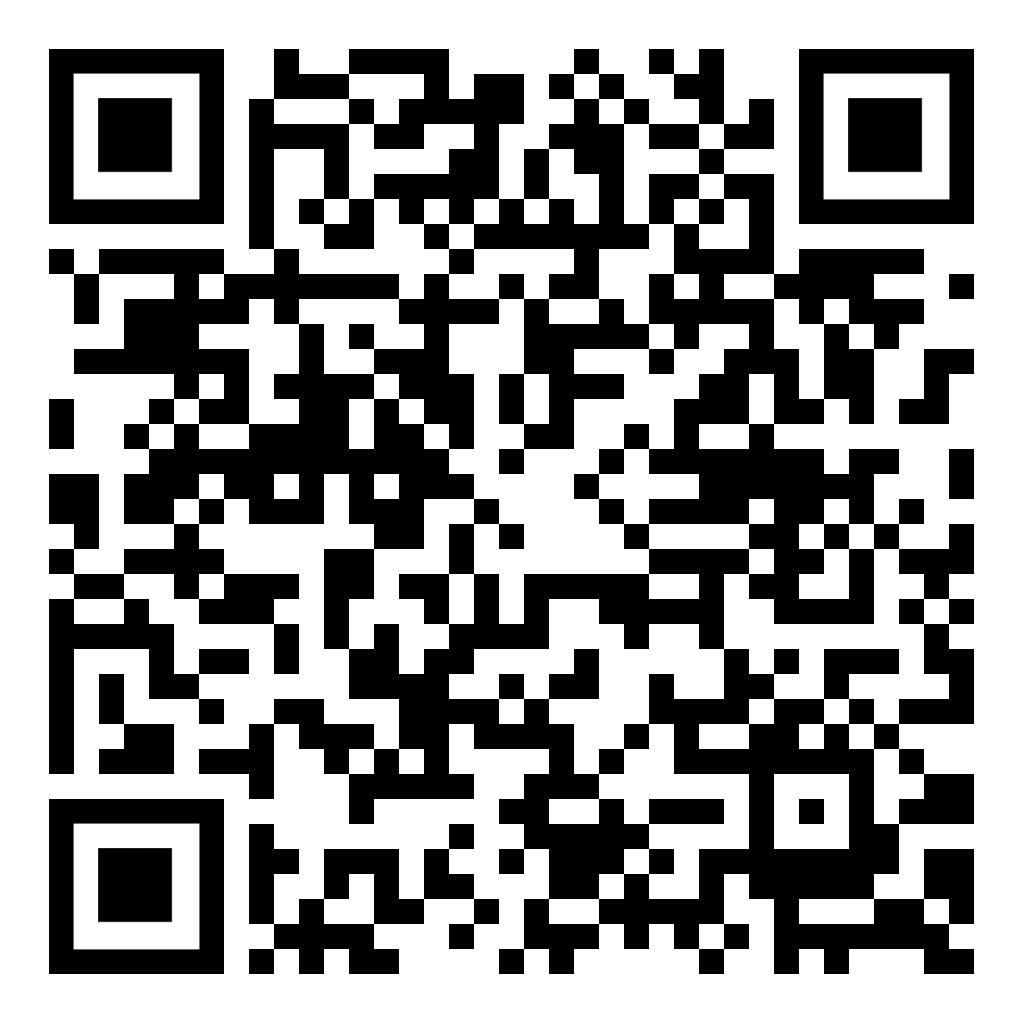Introduction to the Aviation Industry in Australia
The aviation industry of Australia has a long historical background and in the present context, it has various airlines within the nation itself and across the globe. The significance of the airline industry has increased at a fast pace as it is an island and has a flourishing economy. There are two types of airlines which operate in the country. These are defunct and planned airlines. The key sectors of the aviation industry are international and domestic regional airlines as well as the general aviation sector. It also consists of small segments such as autogyros, ultra-light aircraft, hand gliding and gliding. International airlines of Australia carry freight and people from several parts of the world. There are a total of 49 international airlines which give their services in Australia. The present report is prepared on the case study of a strategic plan for enhancing aviation safety in Australia. It is going to cover the present strategic position of aviation safety in the nation. It will also throw light on the key issues and challenges which are sufficiently covering a four-year strategic plan. Along with this, the strategic plan will be critically evaluated as well as strong and weak aspects will be identified. The report will also recommend some practices for obtaining a strong national safety record.
Background
The case study in the present report talks about The Corporate Plan which presents the Civil Aviation Safety Authority's orientation towards the period of 2015-16 to 2018-19. It has been formulated with fundamental plans and functional statements which outline the aim of CASA and its strategies to be executed for the attainment of objectives and goals. The plan talks about the way in which CASA will be able to fulfil aviation safety expectations of the Australian government and the general public. The plan directs CASA to give their contribution to effective and efficient management of risk involved in aviation safety and to improve relations with the broader aviation community along with powerful government support.

Stuck with your Assignment?
Hire our PROFESSIONAL ASSIGNMENT WRITERS and Get 100% Original Document on any Topic to Secure A+ Grade
Get Assignment Help
Objectives
- To develop suitable, clear and brief safety standards for the aviation industry
- To develop effective oversight, surveillance and enforcement strategies for securing compliance with the standards of aviation safety
- To issue certificates, licenses, registration and permission
- Providing education for safety concerns and promoting it
1.) Strategic position and critical analysis
A.) Current Strategic Position Regarding Aviation Safety in Australia
Pestle analysis helps in identifying the factors which impact the safety of aviation in Australia.
Political Factor:- The political factor shows the influence of government over the performance and safety of the company with respect to aviation safety. The airline operates in a political environment which is highly regulated in favour of the passenger over the airline. It is so because the global aviation industry operates in an environment where passenger safety is first and foremost. Due to the increase in risk and accidents government make strict rules and regulations regarding the safety of passengers which aviation company needs to adopt for passenger safety.
Economic:- The airline company did not recover after the 911 attack which a prolonged recession. Along with this fluctuation in the price of oil negatively impacts the airline company because they are unable to afford more to run the profitable business. Along with this, they cannot provide high safety to their passengers due to rescission and increase in the price of fuel this all causes the aviation companies to suffer from the loss.
Social Factor:- The culture of travelling from one country to another for holidays increases the sales of an airline company. On the other hand increase in the risk of plane crashes and accidents also changes the mind of the consumer to travel through the flight. This negatively impacts the profit of the airline company. To attract a large number of customer aviation companies need to focus on their safety policy to help increase the demand for airline companies.
Technological Factor:- In the modern era, many new technologies are introduced in markets. This technology is adopted by Australian airline companies. The adoption of this new technology helps in reducing the chance of risk and accident. This all helps in increasing the demand for airlines by passengers and it provides a positive impact of airline companies on the market.
Legal Factor:- There are different laws and legislation which are important in the context of the airline industry. The government of authority of Australia makes several laws in relation to air traffic and safety for a passenger. It is so because the safety of passengers is very important for the airline company of Australia. The airline company is liable for the increase in air crashes and other kinds of disasters which lead to a decline in a sale. New law has been enforced so that high safety can be provided to a customer.
Environment:- Changes in the environment have a great impact on an airline in Australia because it leads to delays in flights and also plane crashes. All these factors lead to an impact on the airline companies of Australia. Apart from this, the earliest efforts were focused on reducing the smoke from the engines which helps in reducing environmental pollution. SWOT analysis of CASA safety aviation is as follows...
Strength:- By the international standards CASA is an effective aviation safety regulator. Along with this it also maintains a skilled and capable workforce which have a capacity to effectively deliver aviation safety regulations. Along with this CASA used advanced technology for providing high security to its passengers. It also brings some introduction to collaboration tools for bringing better sharing information
Weakness:- It's a different activity which involves different types of risk which leads to failure of safety and maintenance standards. Along with this ineffective engagement of stakeholders and failure to carry out statutory responsibilities.
Opportunity:- CASA has an opportunity to reduce environmental impact by focusing on the issues which lead to polluting the environment. It helps to reduce the chance of a Plane crash. Along with this, it has an opportunity to focus on the main causes of risk and reduce it with the use of high technology.
Threats:- There are some threats of CASA safety aviation that are unavailability of enough funds which becomes a barrier to implementing different safety policies. Due to a lack of funds, it is unable to conduct research for removing risk and increasing safety policy for a passenger.
B) Australia's Safety Performance Review of Aviation in 2015-16 and Identifying If the Key Issues and Challenges Are Covered in the Plan
This section of the report talks about the detailed revision of the performance of the Aviation industry in 2014-15 against the objectives, initiatives and performance methods which were set in the CASA plan. The first goal of this corporate plan is to have comprehensive, constant and efficient regulations for improving safety in the aviation industry. The second objective is to promote governance and the regular betterment of the efficiency of the organisation. Third and the last aim is an effective and proper relationship with the broader community in aviation. Performance measures which were made for the aforementioned aim in 2014-15 about 82 per cent have been attained. In the remaining 18 per cent, most were considerably met along with a very low percentage of delays or due to influences from extrinsic factors. However, with a minute reduction, this kind of achievement was constant in the four years if the overall performance of CASA is considered. The results were slightly low because CASA made plans for starting the finalisation and its execution.
There were about 42 measures which were used for this goal. 74 per cent were exactly on the right track and were met and 24 per cent were not final but were substantially met. 2 per cent of measures have gone delayed.
From the 54 measures which were made for corporate goals in 2014-15, 83 percent were duly completed, 13 percent were considerably met and the remaining 4 per cent got delayed because of certain factors which were not under the control of CASA. From 2011-12, CASA has attained an average performance of 78 per cent of the goals achieved from corporate objective 2. In this year, performance transcends the average accomplishment against performance measures of this goal.
Of the 38 performance measures, 97 percent were met or in progress which shows the great success of the plan. Only 3 percent were substantially fulfilled. Since 2011-12, CASA has attained an average performance of 97 percent of targets achieved for corporate goal 3. In this year also, performance is consistent which depicts that it is meeting the goals in an effective manner.
The challenges which are taken into account in this plan include the aviation market, operational complexities, infrastructure and technology, capabilities of the workforce as well as general aviation swift. It is analysed that the plan covers almost every issue and has given equal importance to each of them in the plan. There are many issues and problems faced by airlines which are included in the plan. The first challenge is the market. The international, domestic and regional airline passenger market has witnessed significant growth in the past decade. But this has also put some pressure on aircraft operators and government institutions to maximise the efficiency of their operations and decrease costs along with paying sufficient focus on safety concerns. Another issue which is very important is the increasing privacy issues, safety and security as well as air traffic management are such issues which are very important to be addressed. Safety in aviation industry can be enhanced through modern technological advancements. This issue is also included in the plan which shows that the plan has been formulated with utmost care and attention. Also, it focuses on the issue of workforce capability. When new technological advancements are to be introduced in the sector for safety measures, then it is also essential to hire an adequate pool of talented, skilled, well-trained and experienced staff for operating new tools and techniques.
C) Critical Analysis
It is critically analysis that CASA's goal plan is an effective aviation safety for the passenger. The first goal plan it has a comprehensive, constant and efficient regurgitation for improving safety in the aviation industry. The first objective of the strategic plan is to promote good governance and regular betterment of efficiency while its last aim is to maintain proper relations in aviation with the proper community. Hence, the effectiveness of this corporate plan is that the number of accidents per hour decreases and it meets and exceeds ICAO requirements.
The strength of this plan is that it takes into account the present workforce capability needs and analyses the gap in them. It has been identified in the plan that CASA needs a workforce which is experienced and knowledgeable about the safety regulations. The motive behind this is to establish a regulatory framework to maintain, enhance and promote the safety of aviation and prevent accidents in the industry. It addresses some particular capability gaps which should be filled. This shows that the plan is very effective. The gaps which are being identified are to execute a regulator framework and safety management system for supporting a speedy expansion of the Remotely Piloted Aircraft System (RPAS) sector. Hiring skilled employees in the major sectors of general aviation and air transport sector. Another gap is the development and enhancement of leadership and management skills along with emphasising on delivery of capability and performance enhancement. One more gap is analysed in the development of regulatory and technical training framework in a developing technological atmosphere to ensure that training advantages are supportive to enhance regulatory performance, attain a high level of employee productivity and performance and client-service directed results.
Along with analysing the gaps, the plan also focuses on future requirements of workforce capabilities which are stakeholder involvement and cooperation for supporting improved regulation development and execution results. Another requirement is moving towards a client-service-directed model. The next one is making effective, risk and proof-reliant decisions along with doing activities related to the Civil Aviation Act 1988 in a dynamic environment. And the final one is constantly meeting growing surveillance needs in various aviation industries. The plan also has strengths of strategies and initiatives for addressing key workforce gaps. These strategies are like reviewing the critical roles of CASA and developing proper succession planning and talent management strategies for mitigating any losses of critical capabilities by way of retirement or separation.
It is important for every civil aviation business unit to follow various policies and guidelines which are set by the higher authorities. There are various organizations which are responsible for making guidelines in this industry and updating these rules over a period of time. These institutions involved:
International Civil Aviation Organizations
It is a specialized agency of the US which provides navigation and fosters the planning and development of international air transport in order to ensure safety and consistent growth. There are various standards adopted by the organizations and they also recommend the practices which are related to the air direction, advanced infrastructure, fair and lawful business practices and other technical and specialized expertise guidelines and recommendations. There are approximately 190 countries members including Taiwan. This guideline is given below...
- They provide a system approach which is related to air navigation to all member countries. It is an Aeronautical information publication which should be updated over period of time and contains specific information such as airspace and airports, the process of information collection and other important information.
- They also provide other technical specifications which are related to the Earth's atmosphere. It provides significant information such as temperature, density altitude etc.
- They make the guidelines and safety procedures which can include communication, navigation, Air Traffic management and surveillance. And other technological aspects.
International Air Transport Association
IATA is a regulatory authority of global airlines. It includes approx 260 plus airline members specially air carriers approx. 110 countries. The organization formulates aviation activities and policy framework which must be followed by the member nations. These guidelines and recommendations can be...
- The main objective of the institution is to improve the support and data sharing with an advanced multitude of sources through the Global Safety Information Centre.
- They provide recommendations to the governments and aviation industry to use flexible security measures and a responsive data link, risk management, crisis response and use of advanced technology.
- They also make the guidelines for the integrated information system in order to prevent cyber attacks.
- IATA support moving towards a risk-based approach for civil aviation security. This approach can be focused on the resources and offering a smoother transportation experience for the passenger.
European Aviation Safety Agency
EASA is an agency of the EU which provides regulations and safety measures in order to provide consistent growth and development of the European civil aviation sector. This authority was established in 2002 and the headquarters is located in Germany. There are several recommendations which are given below...
- Screening of visitors and passengers of their cabin baggage and hand baggage in order to protect against any terrorism threats.
- They also provide airport security standards such as 24/7 surveillance, infrastructure and control in the member counties.
- To provide specific guidelines for accident investigation and safety management in order to avoid recurrence.
- They provide runway infrastructure policies and rules such as its design, layout plan, size and other facilities. For example, they make runway protection zones which can help to protect people and property on the ground and make advisory and circulations over a period of time.
The government of Australia develops a strategic safety programme in order to make an appropriate system in the aviation industry and its future growth and development. For this, they have their own regulatory authority which is known as the Civil Aviation Safety Authority which is under government control. It provides licences for the ground staff, aircrew, pilots and airport operators. They are also responsible for enforcing safety and security measures and auditing these standards over a period of time which can be enhanced is Smooth operations. For this, they can also take suggestions and align with other international authorities which have more resources and expertise in order to maintain their growth and meet future challenges effectively in the civil aviation sector.
Align with ICAO
Australia is a signatory to the Convention in 1944 with the International Civil Aviation Organization, which can help to provide safety and other important developments at the global level. It can play a significant role in the growth and development aviation sector in Australia if the CASA can align with ICAO. The international organization has a large experience and specific expertise which can be shared by the CASA. Australian government participation with them can provide specific data and information such as air navigation, crisis rapid response and firefighting support at the ground. In the present scenario, there are a large number of challenges such as cyber attacks, increasing the rate of air crashes etc. In a few years such as the disappearance of MH 370 from Malaysia Airlines and flight MH, 17 shot down in eastern Ukraine are the latest examples of flight accidents. In order to prevent such accidents the government of Australia is required to collaborate with IACO. So that they can share their information and data with each other and also make future safety and security guidelines which can help to promote the Australian domestic and international aviation industry and also support their economic activities.
Align with IATA
The International Air Transportation Association also align with the CASA which can ensure a healthy and advanced airport infrastructure. Because IATA is one of the recognized and accepted agencies in safety and regulation. The main function of the international organization is to conduct audits which is related to safety and security issues at the global level. The government of Australia can conduct such an audit with this institution which can help to improve the quality of safety operation. The main objectives of such audit are to ensure the control system, secured infrastructure and safety management system in the country. IATA is working with various other global authorities such as the Federal Aviation Administration, Transport Canada, Joint Aviation authorities etc. therefore, they have expertise in this field.

Get an Extra 5% OFF On Your Order in Our App

Scan the QR code with your mobile to unlock an exclusive offer!
Download App Now Scan me
Scan meAlign with EASA
The work of EASA is focused on the highest standard of civil aviation safety via providing training and development, aviation products and services and creating and developing regulatory framework. The aviation standards are quite superior in the world which can help Australia's strategic safety plan in the long term. It can help through...
- Coordination of internal and external threats and safety improvements between both organizations.
- It can also help to implement cost-effective plans which can increase their efficiency and productivity.
Helps in coordination and cooperation with EASA to investigate accidents and provide further recommendations. So that it can reduce future accidents and improve safety records at the domestic and global levels. With the help of cooperation with EASA, they can provide training and development programmes for the staff such as pilots, trainers, aircrew and airport operators which can also make their safety standards superior as compared to others.
Conclusion
From the above report, it is concluded that the corporate plan presents the civil aviation safety authority. The purpose of designing the principal planning so that strategies can be implemented for achieving organizational objectives. The plan includes the way through which CASA will meet the expectations of the Australian public regarding aviation safety. There are different challenges which are faced by CASA at the time of implementing the corporate plans. Further, in the plan, all risk factors which affect safety are covered and different strategies are implemented to remove all issues. The plan reflects a new environment shaped by a new SEO, it also develops a workforce for meeting the challenges which can take place in future.
References
- Baker, D., Merkert, R. and Kamruzzaman, M., 2015. Regional aviation and economic growth: cointegration and causality analysis in Australia. Journal of Transport Geography.
- Beagle, L. and Davies, G., 2013. A blended learning course for the aviation industry: A case study. Blended Learning in English Language Teaching: Course Design and Implementation.
- Biggs, H.C. and Biggs, S.E., 2013. Interlocked projects in safety competency and safety effectiveness indicators in the construction sector. Safety science.
- Chen, C.F. and Chen, S.C., 2012. Scale development of safety management system evaluation for the airline industry. Accident Analysis & Prevention.
Related Samples:
Auditing on Kands Corporation Ltd



 Company
Company


















